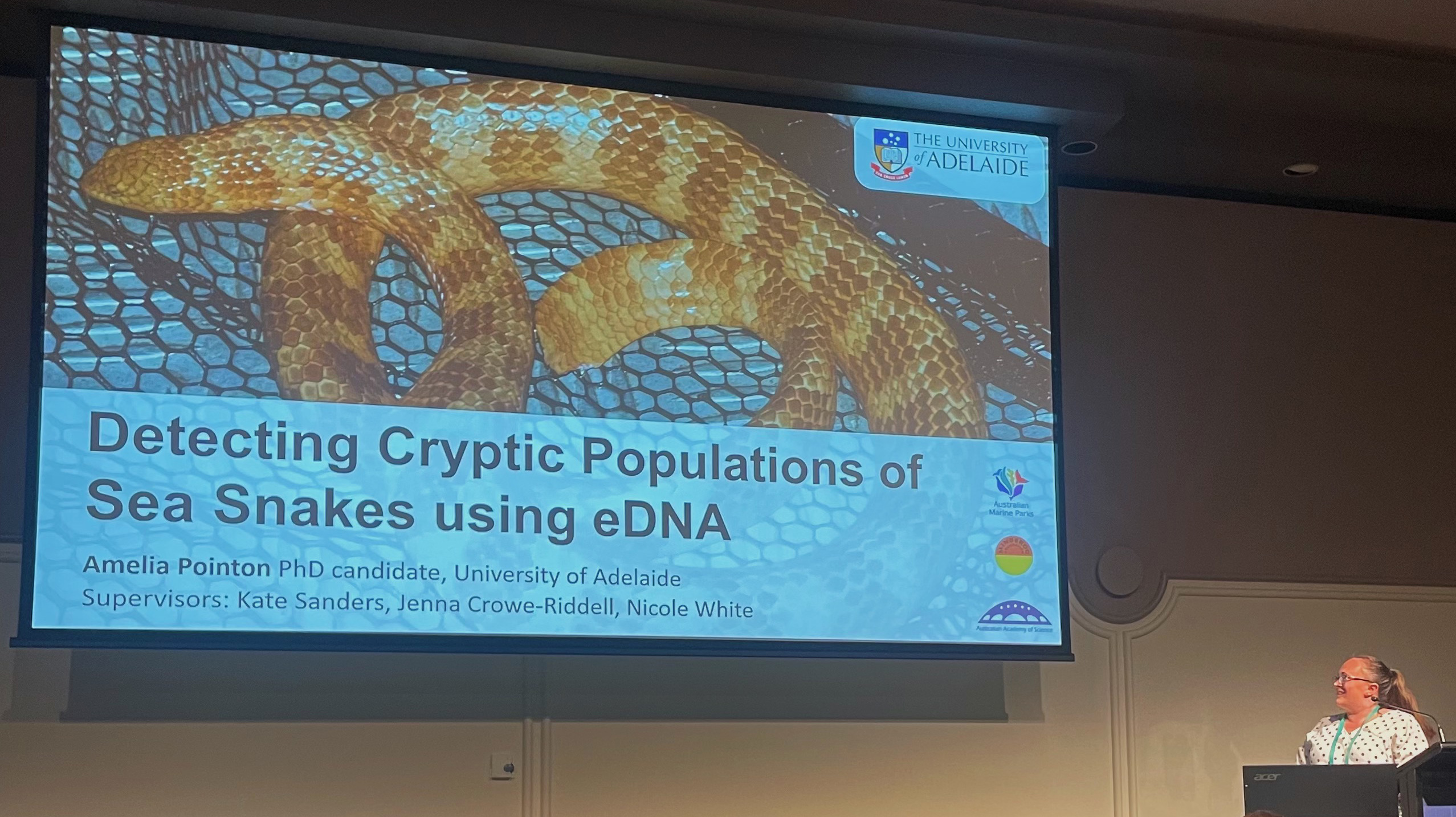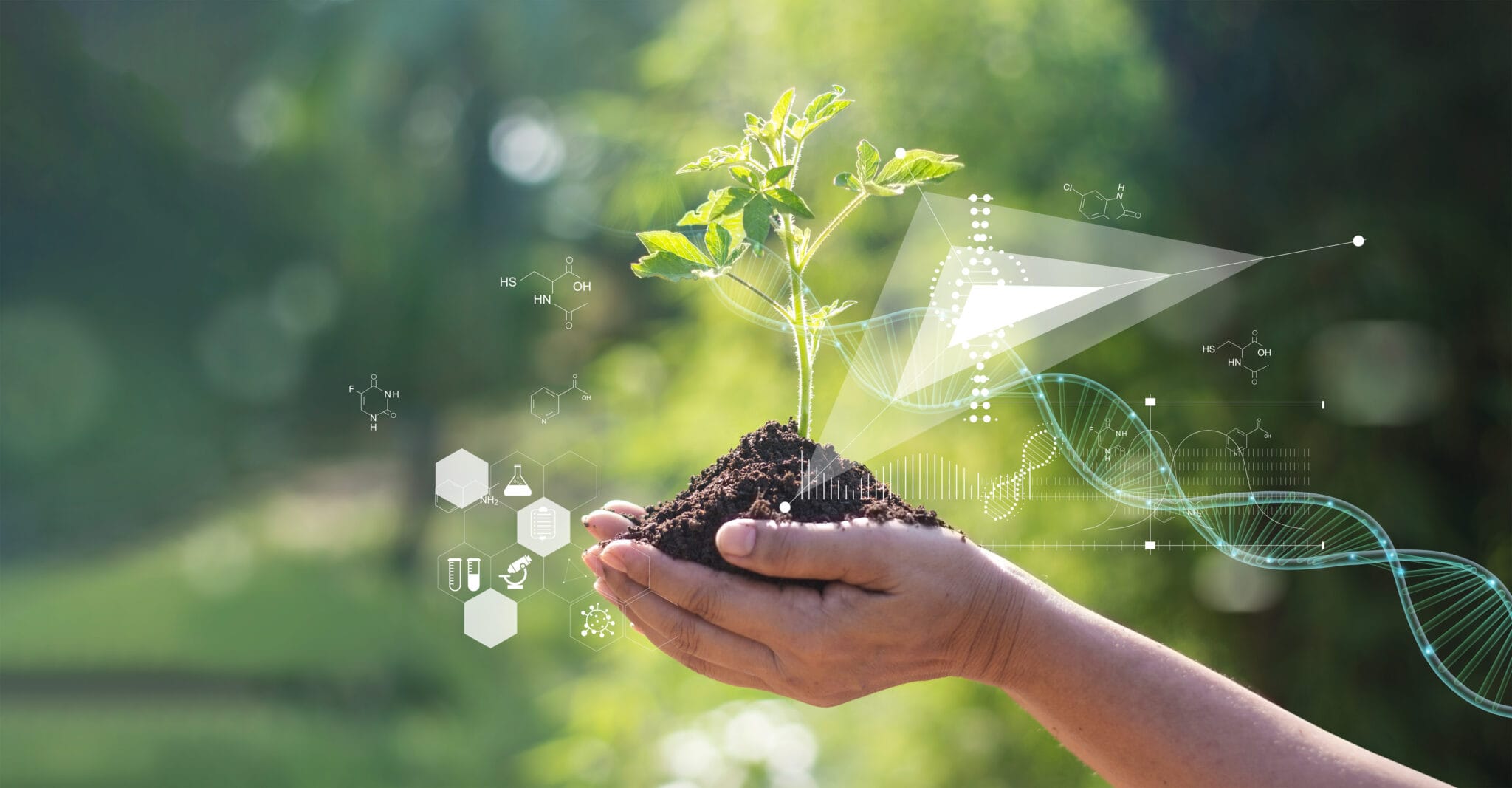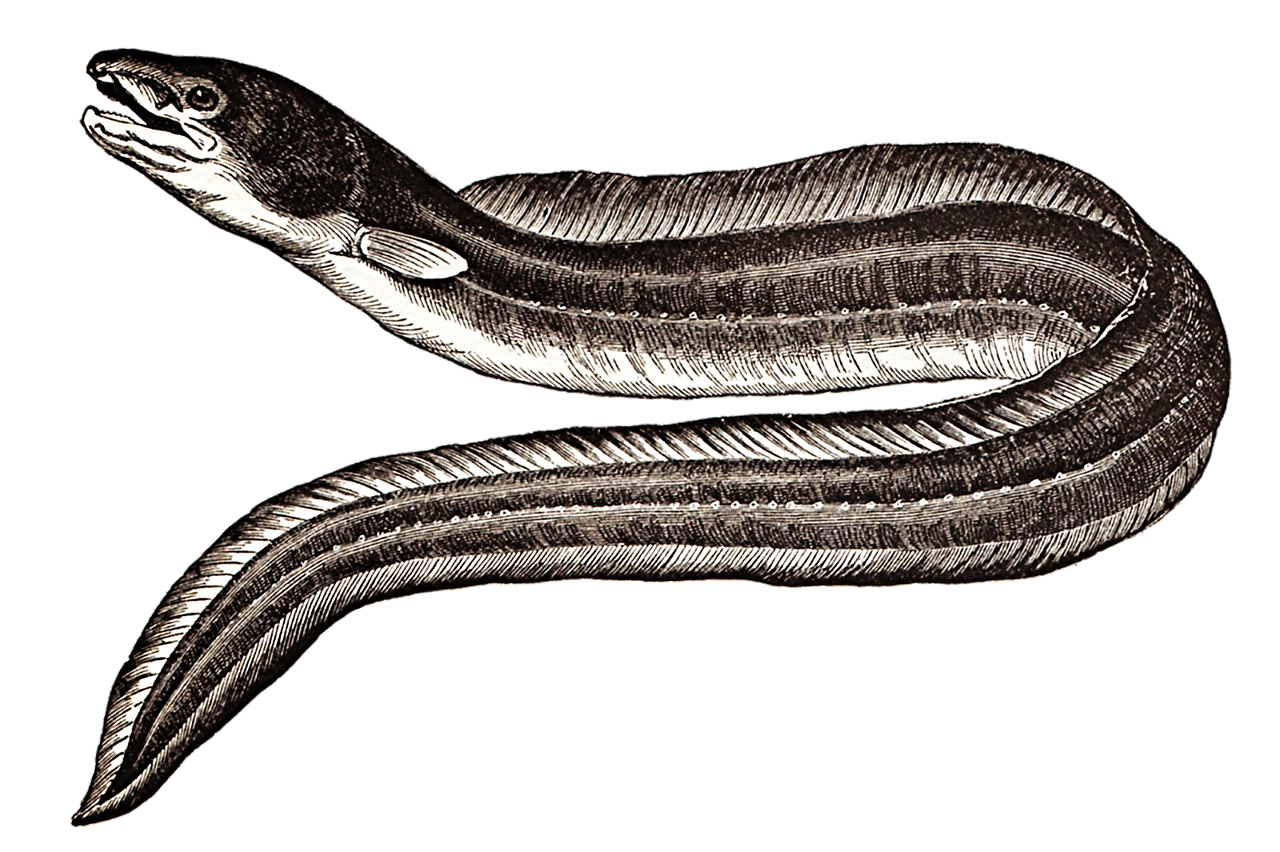Over 370 delegates from 17 different countries attended the 1st Australian and New Zealand Environmental DNA (eDNA) Conference, held last month at the Grand Chancellor Hotel in Hobart, Tasmania.
The Environment Institute was recently represented by several of its members at the Conference. Originally scheduled for March 2022, the conference was postponed as the organising committee were set on holding a face-to-face event. Come February 2023, the event went ahead as a hybrid online/in-person event and was well worth the wait. The hybrid format worked extremely well, especially given the unfortunate circumstances surrounding cyclone Gabrielle in New Zealand, where those unable to travel were still able to attend online.
The conference kicked off with a keynote presentation from Prof Dianne Gleeson of the University of Canberra. This gave a holistic overview of the current state of the field, including what can be expected from eDNA and how this translates into real world applications and outcomes. From there, discussion continued around the challenges facing researchers, novel applications, and future directions of the field. A personal highlight was a presentation by Prof Morten Allentoft on the similarities between environmental DNA and ancient DNA, a more established discipline, delving into the history of both and highlighting important lessons to take away from past failures.
The University of Adelaide was well represented at the conference. Dr Michelle Guzik gave an insightful presentation on building a custom reference library for subterranean groundwater fauna, PhD candidate Amelia Pointon presented on detecting cryptic populations of sea snakes using eDNA, and from Lucinda Duxbury, a presentation titled “Holocene environmental change on Kangaroo Island inferred from sedimentary ancient DNA in lake sediments” was awarded first place amongst the student talks.
After three days of nonstop discussion around eDNA, the conference came to a close. At the end of the closing plenary, plans for the 2nd Australian and New Zealand eDNA conference were announced, scheduled for 2025 in New Zealand. For those who are already interested in eDNA, or are looking at starting out in this field, this conference will be an excellent opportunity to engage with the experts in this field and share ideas with like-minded individuals.
Author: Brittany Hogben
Image: Amelia Pointon presenting on using eDNA to non-invasively monitor cryptic populations of sea snakes in Western Australian waters.





